Rozanne Hawksley interview: Intuitive and internal
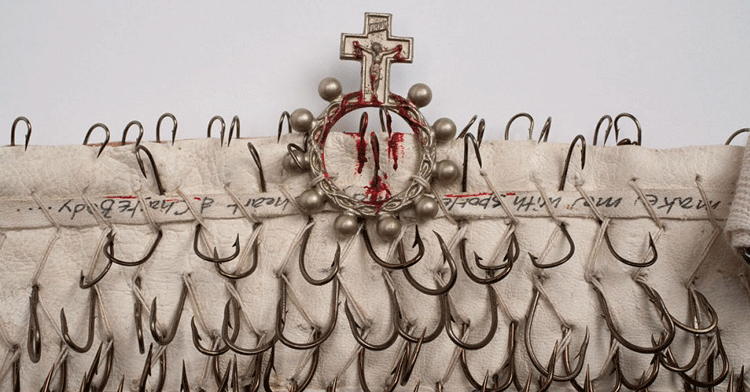
Rozanne Hawksley’s work as an art innovator embraces both intimate, personal themes and ones that are universal; for example, it often encompasses the fragility of the human condition and, on a wider scale, looks at the injustice of war. Working predominantly in embroidery and textiles, her style is never soft or homely.
What’s fascinating about Rozanne’s journey is that she made a major impact on the UK’s art scene in her late fifties. Prior to that she was instrumental in initiating ideas of postmodernism in the 1950s during her time at the Royal College of Art, and went on to become a tutor at Goldsmiths when the textile course there entered its period of unrivalled training in this field during the 1970s and 1980s.
We’re delighted that Rozanne has agreed to tell us a bit about her work.
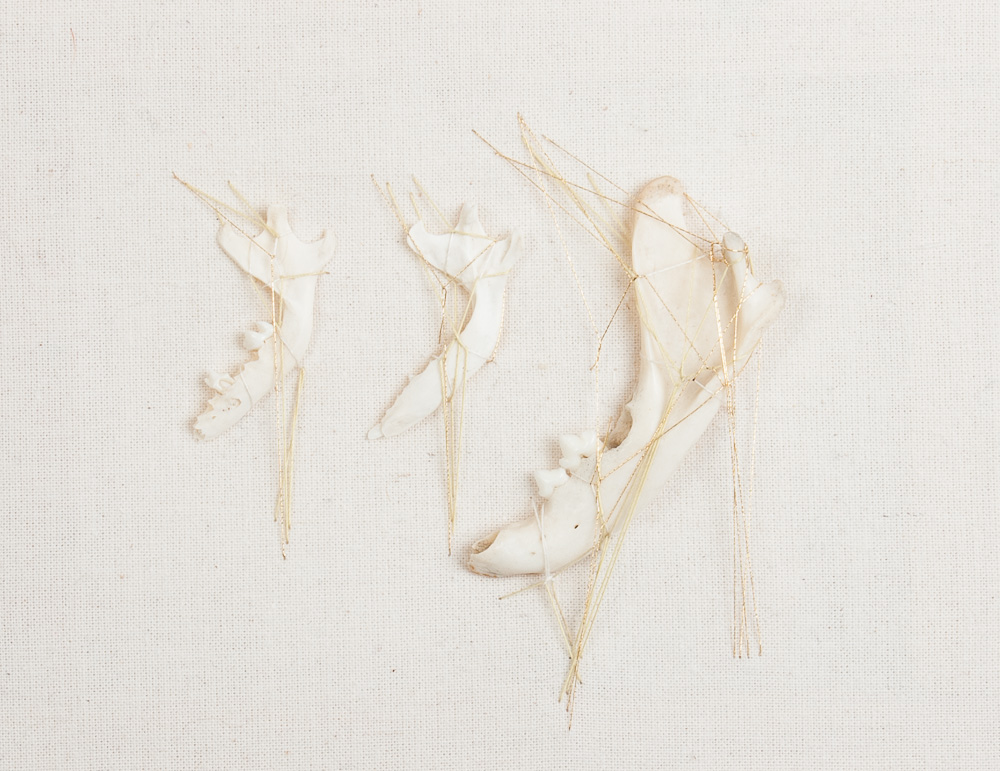
Rozanne Hawksley – Look on small beautiful things V
A tool of expression
What initially captured your imagination about textile art?
I did a summer short course with David Green at Goldsmiths and from my point of view a print or a stitch are a tool of expression, something like clay and paint.
What or who were your early influences and how has your life/upbringing influenced your work?
In retrospect I realize that growing-up in Portsmouth and World War II influenced my work a great deal, as well as the shuttered remnants and victims from World War I, and spending much time in hospital myself throughout my life.
What was your route to becoming an artist?
I don’t consider myself as an artist; it is an overused word. I trained at Southern College of Art, Portsmouth for four years and than at the Royal College of Art, (Fashion School).
Any and all textile techniques
What is your chosen medium and what are your techniques?
Any and all, whatever is required for the transformation from the idea to creation? In principle the materials I have chosen determine the technique.
How would you describe your work and where do you think it fits within the sphere of contemporary art?
No idea, it is up to others.
Tell us a bit about your process and what environment you like to work in?
I enjoy working in the seclusion of my attic workroom. My process comes from the inside and is intuitive followed by reading and listening to music and the spoken word on the radio, and sometimes in complete silence. My workroom is full of bits and pieces that I might use one day, rusty iron, bone, wood, fabric and small religious artifacts, anything that catches my eye.
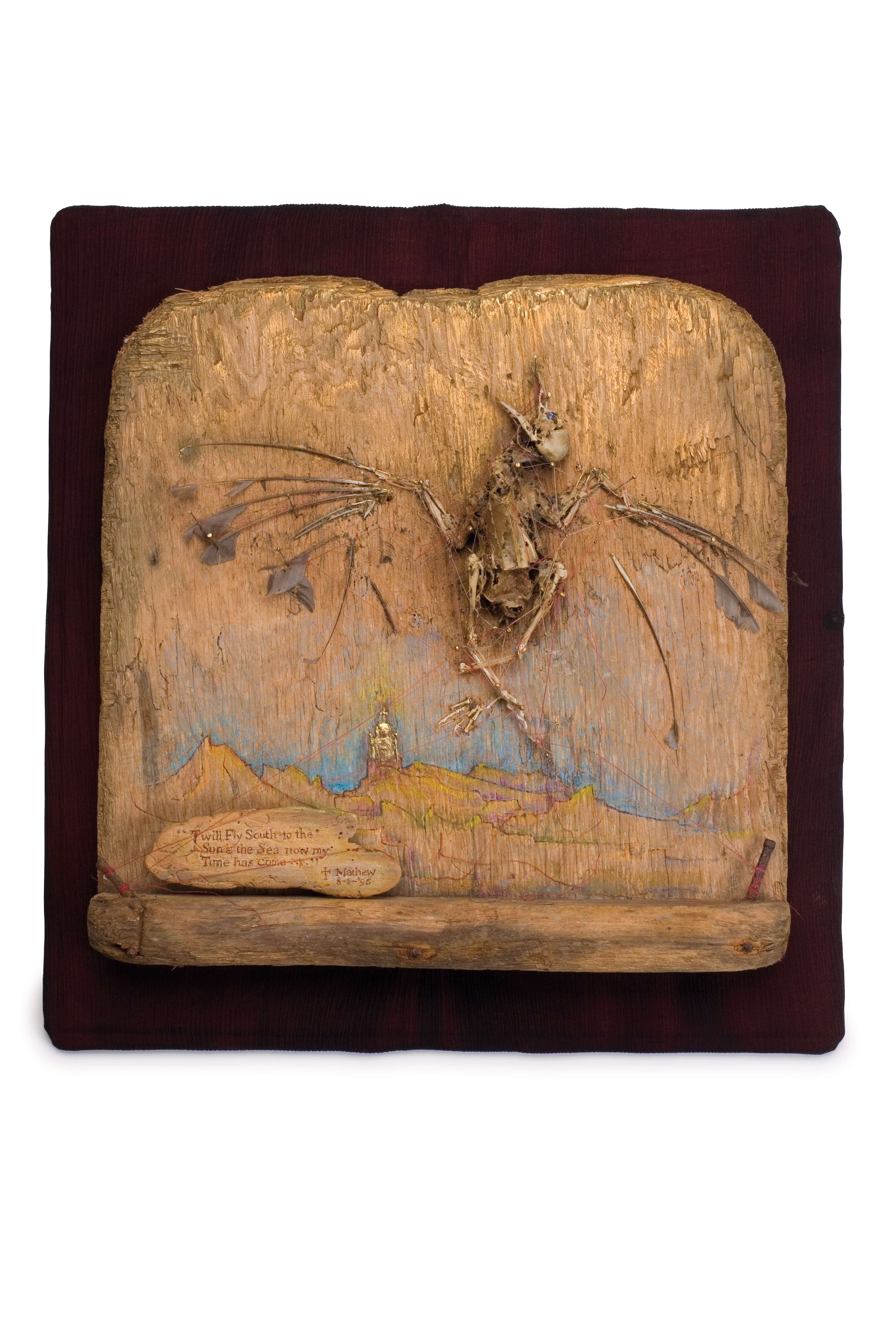
Rozanne Hawksley – Memento Mori for Mathew
The misuse of power
What currently inspires you and which other artists do you admire and why?
I don’t like the use of the word inspire, another overused term. For me it is a kind of nagging mostly concerned with the misuse of power through war and greed, consequently causing immense suffering.
Tell us about a piece of work you have fond memories of and why?
The Mitre for the Bishop of London, fulfilling his intellectual and aesthetic high standards and expectations. I was satisfied with the result; it was quite a challenge.
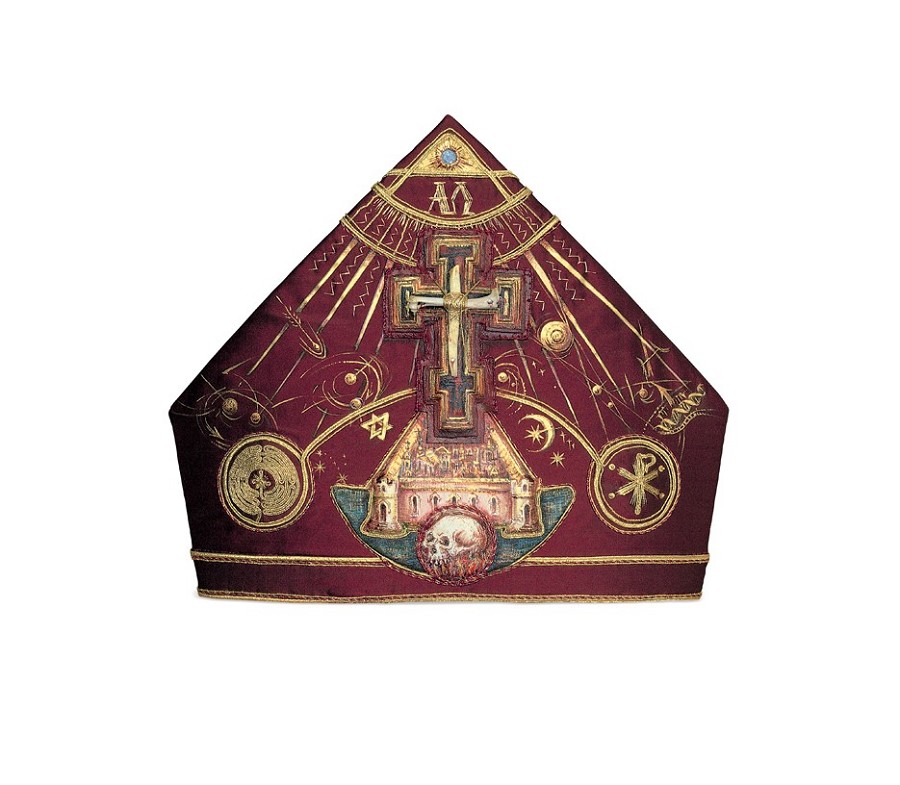
Rozanne Hawksley – Mitre for the Bishop of London
How has your work developed since you began and how do you see it evolving in the future?
Since the 1980s it became large and less personal. Consequently the scale varies according to my responses.
A bubbly cauldron of resources
Do you give talks or run workshops or classes? If so where can readers find information about these?
Yes, I enjoy the interaction with a group of people and myself, I do workshops and classes but not in the conventional style.
What are your favourite resources?
Life, books, radio, news and music. It’s like a bucket and the older I am my bucket gets bigger, like a bubbly cauldron.
Where can readers see your work this year?
- West Norwood Cemetery, London, Curious Trail until 28th July 2013
- Queens Hall Gallery, Narberth, Pembrokeshire, Work by Rozanne Hawksley 3rd August to 31 August 2013
- Brighton Art Fair, Renée Pfister, Art & Gallery Consultancy, 19th to 22nd September 2013
- In 2014 I have a larger exhibition at a Museum in London
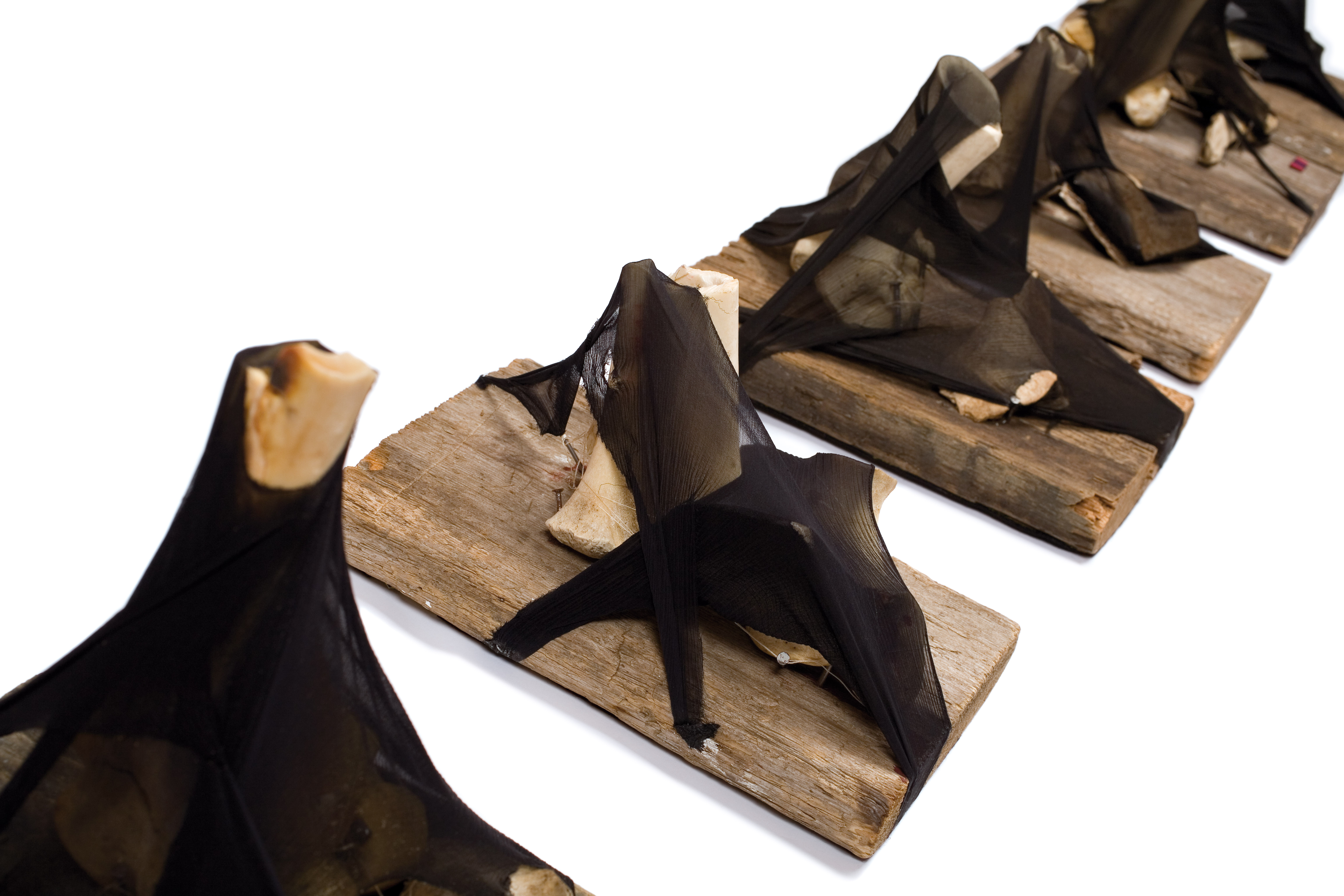
Rozanne Hawksley – We are Legion
Look on small beautiful things
Here, Rozanne talks about her fascination with human anatomy and how it informed two pieces of work.
About bones, you ask me why? Referring here to the smaller pieces, a series, I can offer no one reason or rather any intellectual reasoning.
In retrospect my life-long interest and curiosity in bone began when I was about eleven years old and after a long stay in hospital. As an evacuee, we, as a family were billeted in a house belonging to a Royal Naval Surgeon. A lot of his books were there, and on carefully looking in them, I was fascinated by the large volumes of diseases and surgery with such beautiful engravings of anatomy.
Much later at art school in the 1940s an important part of our studies was anatomy. What bones and muscles did, what they were for, why they were shaped in a particular way through evolution? These structures of bone became for me, in the 1980s and onwards representative of the human condition, indirect and almost in hidden ways, the scale and purpose varying. By purpose, I mean my reasoning together with, first of all, the emotional response to an event or the unseen, inexplicable within me, to try to make that manifest. Two examples of scale – small bird bones used in a memento mori for Matthew, my son. The other, an installation titled We are Legion. The work comprises of large, jagged bone, semi-veiled and dedicated to victims of war.
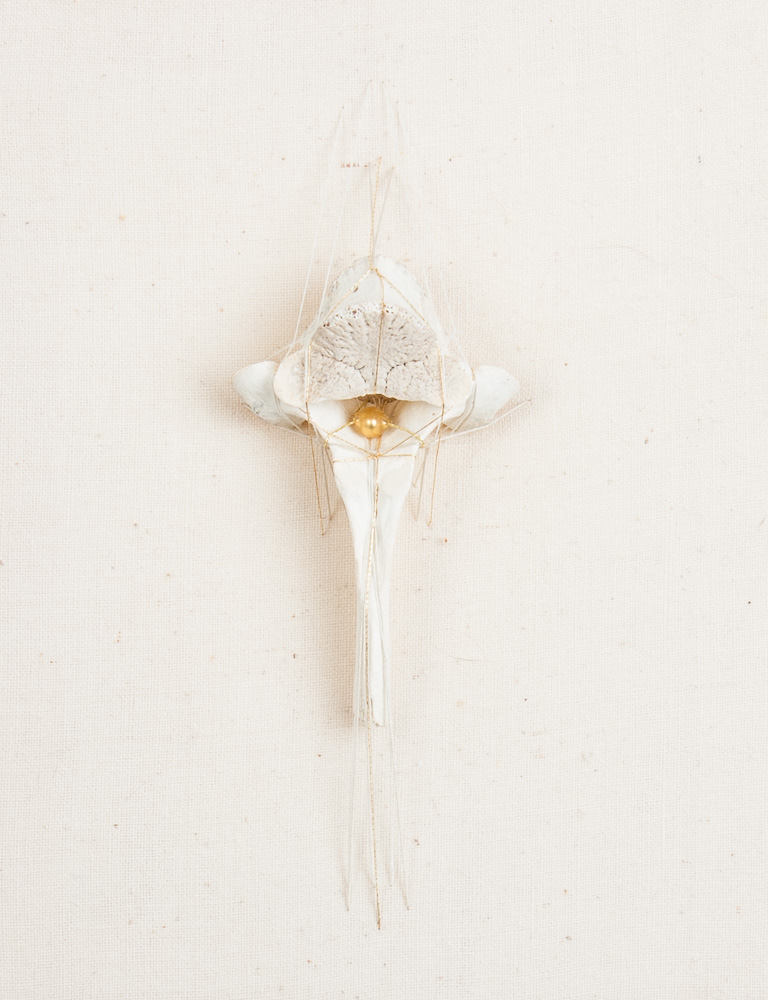
Rozanne Hawksley – Look on small beautiful things IV
The recognition of the use of bone came one evening, after our supper when practicing stitching, in particular the herring bone stitch. I moaned to Brian, no point, no meaning and then revelation! It is after all a holding stitch. I rushed into the kitchen and what better to hold than a bone, the rest is obvious. Years later this led to the ongoing series I call: Look on small beautiful things. Tiny bones from found, dead fallen birds and animals are assembled to draw attention to their delicate, amazing constructions and structures, strong for their purpose as well as finely shaped and often so seemingly fragile. A bird’s scull, the spine of a fish, the teeth of a young fox, pale against the cream calico canvas to which they are held by fine threads. I believe I could call them reflective pieces, little calm icons for the inhabitants of what we call our world, the Earth.
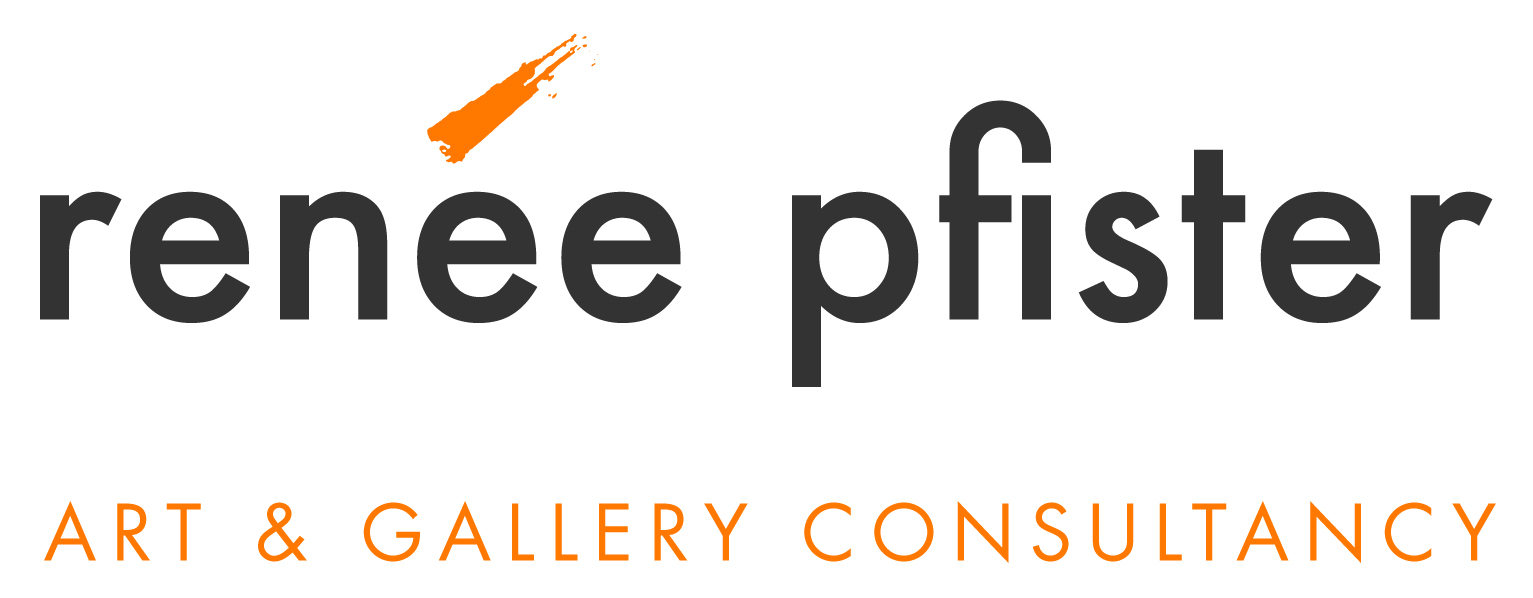 This interview was compiled by Renée Pfister, Art & Gallery Consultancy, London
This interview was compiled by Renée Pfister, Art & Gallery Consultancy, London
For more information about Rozanne Hawksley and her work visit www.RozanneHawksley.com
If you’ve enjoyed this interview and the insights into Rozanne’s work, let us know by leaving a comment below.
















5 comments on “Rozanne Hawksley interview: Intuitive and internal”